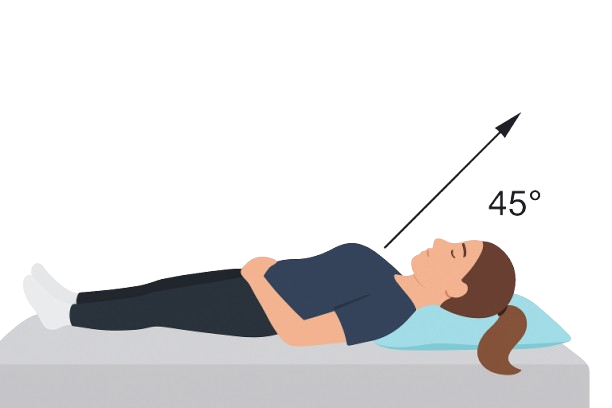Overcome Dizziness with the Epley Maneuver
Find hope and reclaim your balance with a simple technique!

If you’ve ever felt the world spin out of control or struggled to stand steady, you’re not alone. Vertigo and dizziness can turn everyday moments into a challenge, leaving you longing for relief. The truth is, these issues often stem from something deeper than just diet or aging—something inside your inner ear that’s been quietly disrupted. Forget the temporary fixes like aromatherapy or medications that sometimes make things worse. The real struggle comes from displaced crystals or a hormone imbalance eroding the delicate bones that keep you balanced. It’s a tough reality, but there’s hope on the horizon.
While it’s easy to feel dismissed by advice about cutting salt or coffee, the root cause might surprise you. Excessive parathyroid hormone (PTH) can weaken your inner ear, leading to those unpredictable vertigo attacks. Over time, this can make life feel like a constant battle—avoiding travel, exercise, or even simple tasks like housework. The fear of falling, especially as we age, looms large, with falls being a leading cause of hardship for many. But what if a gentle solution could change that?
Discover the Epley Maneuver for Balance
These steps offer a way to address displaced crystals in your inner ear, a common trigger for benign paroxysmal positional vertigo (BPPV). Pairing them with a quick daily reset can bring a sense of calm and stability.
Important: Consult a doxtor before starting and stop if dizziness worsens.
Epley Maneuver
How to Try It:
Sit on a bed, turn your head 45 degrees toward the affected side. Lie back quickly with your head slightly off the edge for 30 seconds. Turn your head 90 degrees to the opposite side, hold for 30 seconds. Roll your body onto that side, hold for 30 seconds, then sit up slowly.
Why It Might Help:
This gentle movement can reposition crystals in the inner ear, easing vertigo.
10-Second Daily Reset
How to Try It:
After the maneuver, sit upright, close your eyes, and take 10 deep breaths to settle your senses.
Why It Might Help:
It supports the maneuver, helping your body find its balance again.
Standing Balance Moment
How to Try It:
Stand with feet together, eyes closed, for 10 seconds. Lean on a wall if you need support.
Why It Might Help:
It encourages your inner ear to send stronger balance signals.
Why This Approach Brings Hope
This combination tackles vertigo at its source—displaced crystals and hormonal effects—offering a natural path forward. Research from leading institutions suggests it can reduce the frequency of those dizzy spells, bringing peace without invasive procedures.
Embrace a Steadier Life
Dizziness doesn’t have to define you. These simple techniques, rooted in understanding your body’s needs, can open the door to stability. Watch the video below to learn more about this journey and find emotional strength in every step.
Limited-Time Access Notice
This video may disappear soon due to high demand. Act now—your path to a dizziness-free life is one click away.
778 people are watching this video right now.
Disclaimer: The Epley maneuver described is intended to assist with certain types of vertigo and may not work for everyone. It is not a substitute for professional medical advice, diagnosis, or treatment. Consult your doctor before attempting this maneuver, especially if you have vertigo, balance issues, neck or back problems, or other medical conditions. Results vary, and no guarantees are made regarding outcomes. Always seek medical guidance for persistent or worsening symptoms.
